Simple.
Or so it seemed.
That’s what I thought.
I looked up one thing and found another.
I’m utterly astounded and lost in wonder.
My former research topic concentrated on bathing in birds, whether by sun, dust, and/or water in its various forms.
But there, on a page in black and white was this startling statement:
“Birds need not only food but also water, yet they have no innate ability to recognize this colorless liquid.”
WHAT??????? Isn’t drinking water an inborn trait in most birds?
I’m amazed; flabbergasted. I have images and observations of birds drinking water. I knew birds have different methods of drinking water. For example, doves and pigeons can submerge their bills and swallow water continuously without raising their heads. However, most birds have to fill their bills and then lift their heads for water to run down into their throats. Some appear to do this easier than others. For example the Roseate Spoonbill appears to have more difficulty due to a flatter, lower bill.

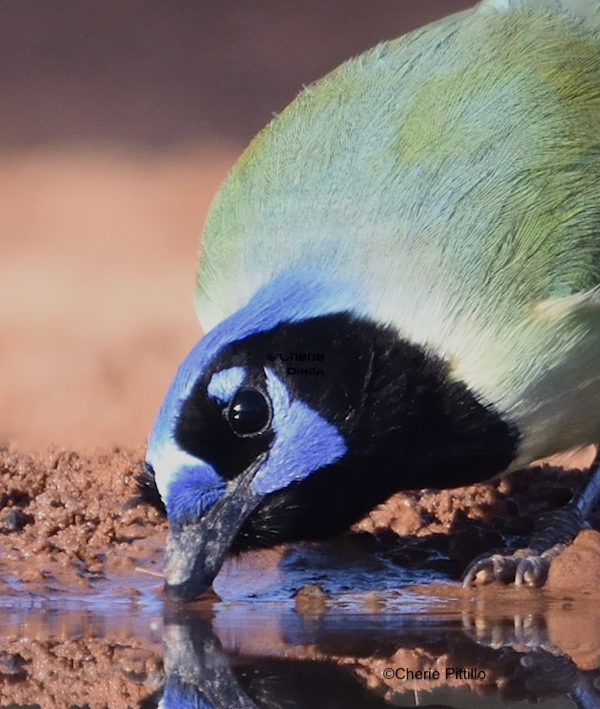
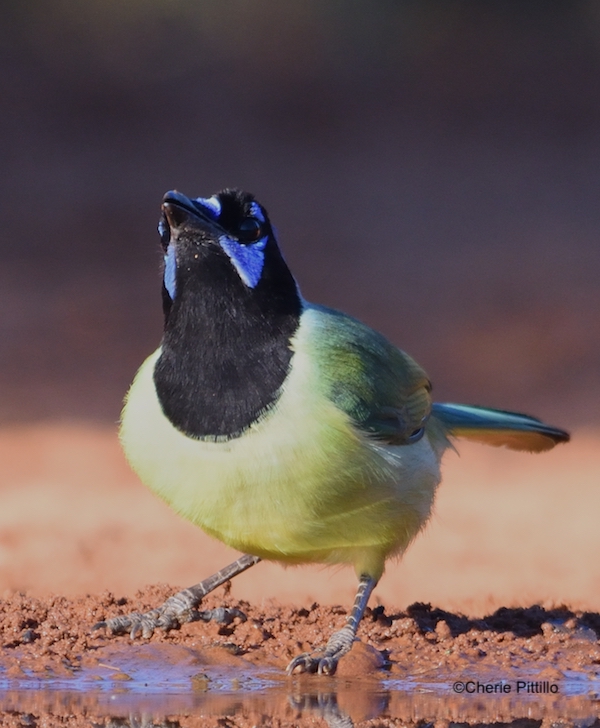
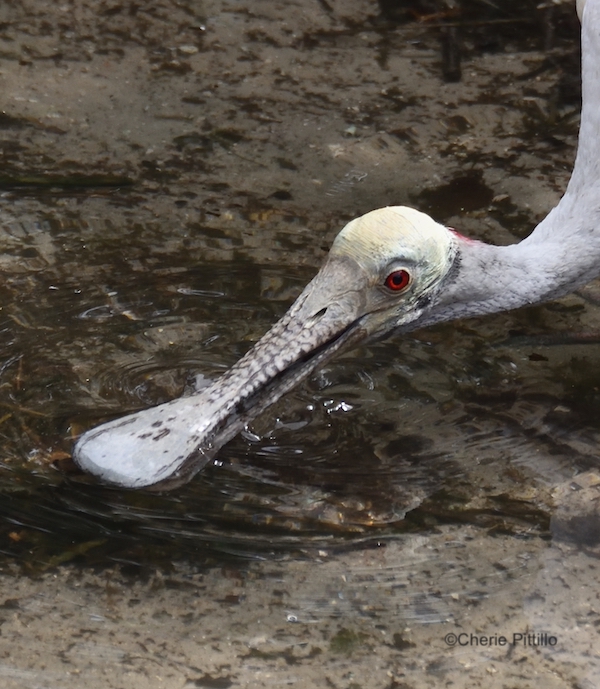
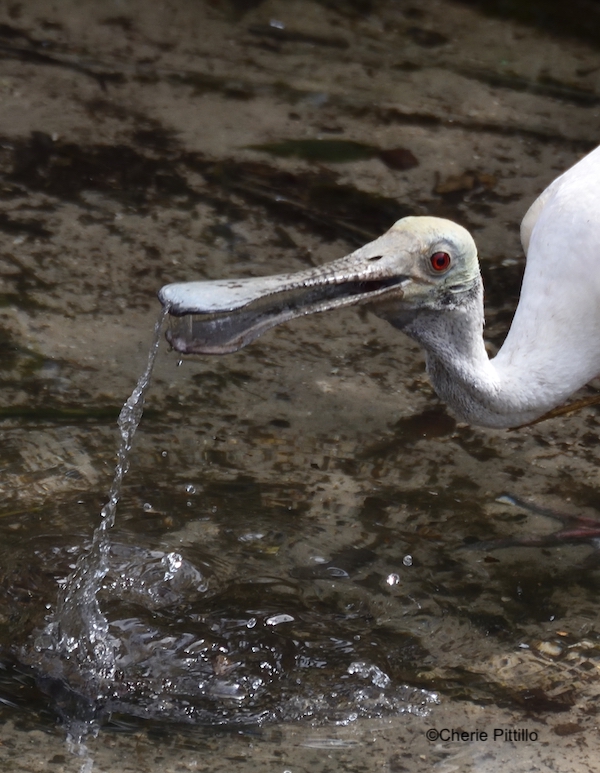
But there is more! The author, world renowned ornithologist Alexander Skutch continued in his 1976 book, Parent Birds and their Young:
“Even when thirsty, they do not spontaneously drink when they first see or hear water or feel it on their wings or tail. Although an extensive water surface may fail to draw their attention, a glittering drop is sufficiently small and distinct to excite an exploratory peck, as many another small object does. It is probable that young birds often learn to drink by tasting dewdrops on grass or raindrops hanging from foliage. Other birds may discover water by pecking at its glittering surface, at a small floating object, or at a speck on the side or bottom of a shallow vessel. By whatever accident a bird first gets water into its mouth, its presence there sets off an innate swallowing reaction, which in many birds includes lifting up the head so the fluid runs back into the throat…
Some birds require several such accidental experiences before they learn to drink…
Evidently, birds need a longer time to become familiar with a transparent, elusive substance like water than with solid food.”
Mr. Skutch cited two references, a study of young doves by Wallace Craig, published in 1912 and a 1956 book by William Homan Thorpe, “Learning and Instinct in Animals.”
So I read the 1912 Wallace Craig article. In addition to what Mr. Skutch reported, the dove study mentioned that several fowl studies had been done and concluded domestic chickens raise their heads to swallow water after lowering their heads. Fowl chicks are precocial and must learn to drink soon after hatching. Pigeons and dove chicks are altricial and develop slower; they receive moistened food by their parents up to a certain point.
In this study the parent doves quit feeding at 24 days. At 55 days, the researcher stated dove #43 still didn’t recognize water. At least one dove, # 22, drank on the twenty-second day. One of his many conclusions stated:
“Though doves instinctively imitate pecking, they do not instinctively imitate drinking as such.” Some chicks would stand in the water dish and peck outside of it! Learning to drink was through trial and error.
By the way, one source indicated that hawks received enough water from their meaty meal and didn’t need to drink. Interesting comment, because I watched and photographed this adult Red-shouldered Hawk in Florida drinking water.

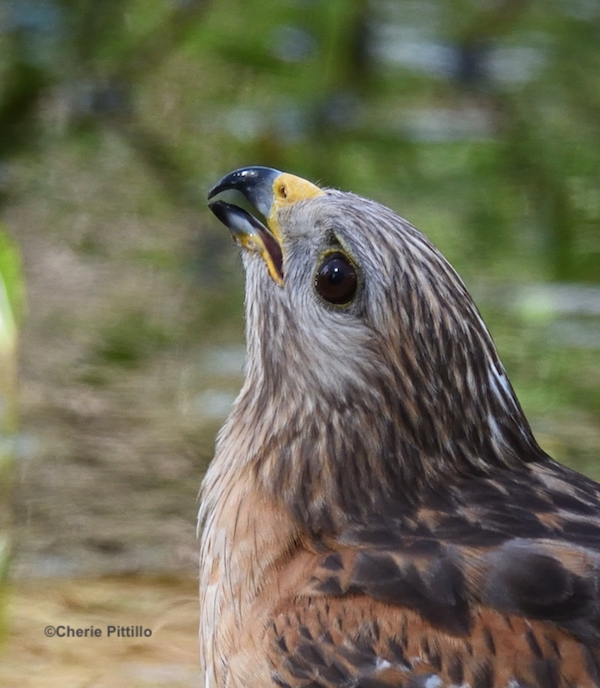
I found little research on wild birds chicks learning to drink water rather than details of how adult birds do this. Maybe those studies of young birds exist. At this point, I’m giving up the research. If anyone has more data to suggest, please contact me. Meanwhile go ahead and enjoy these images of adult birds drinking water, no matter how they learned to do that.
PHOTO 9 Golden-fronted Woodpecker sips water near Rio Grande River

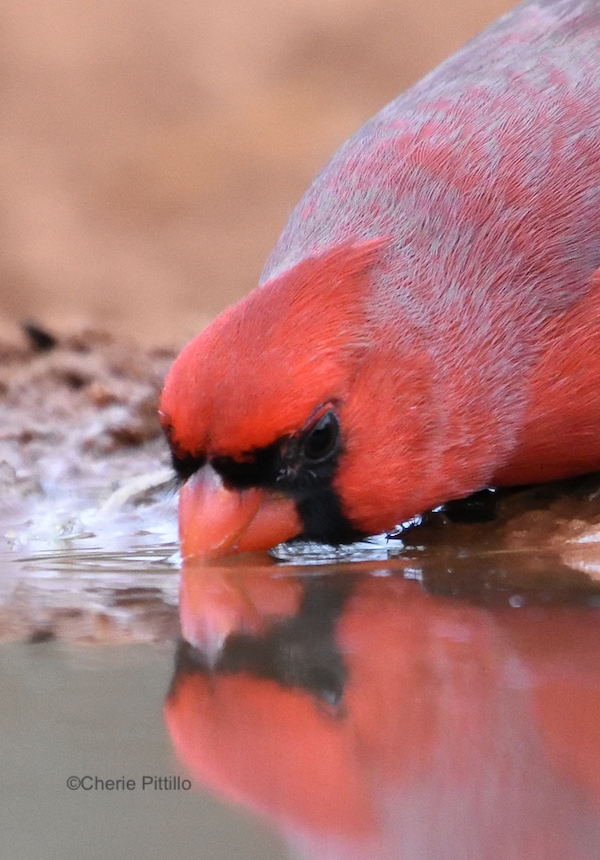
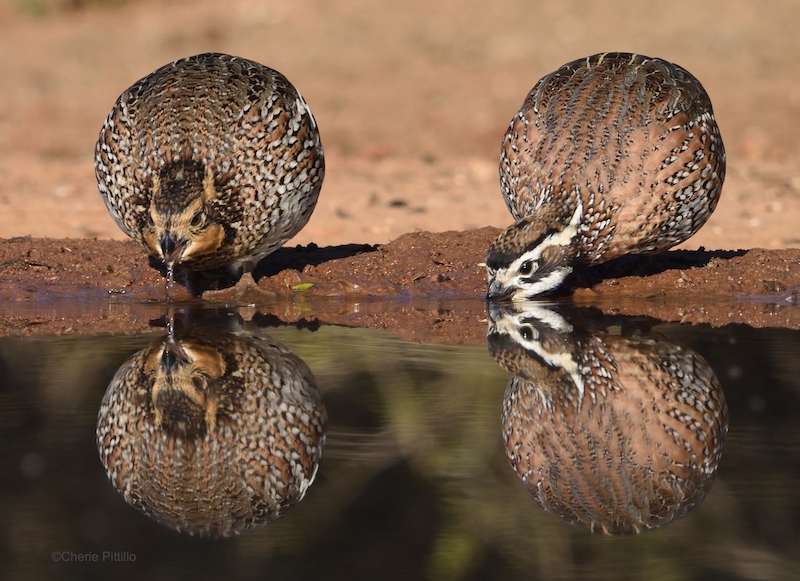

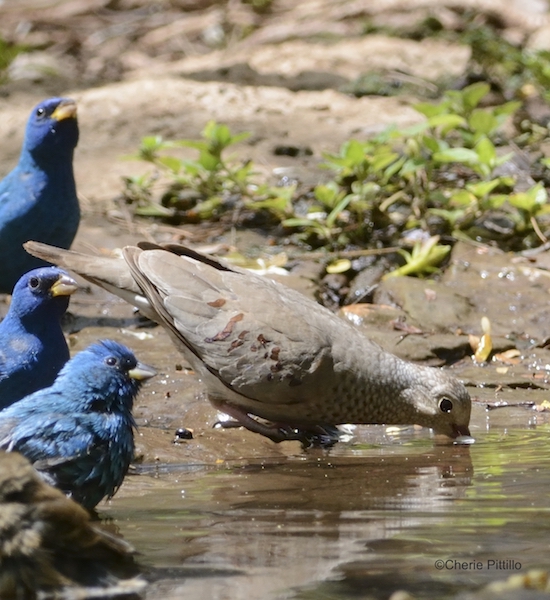
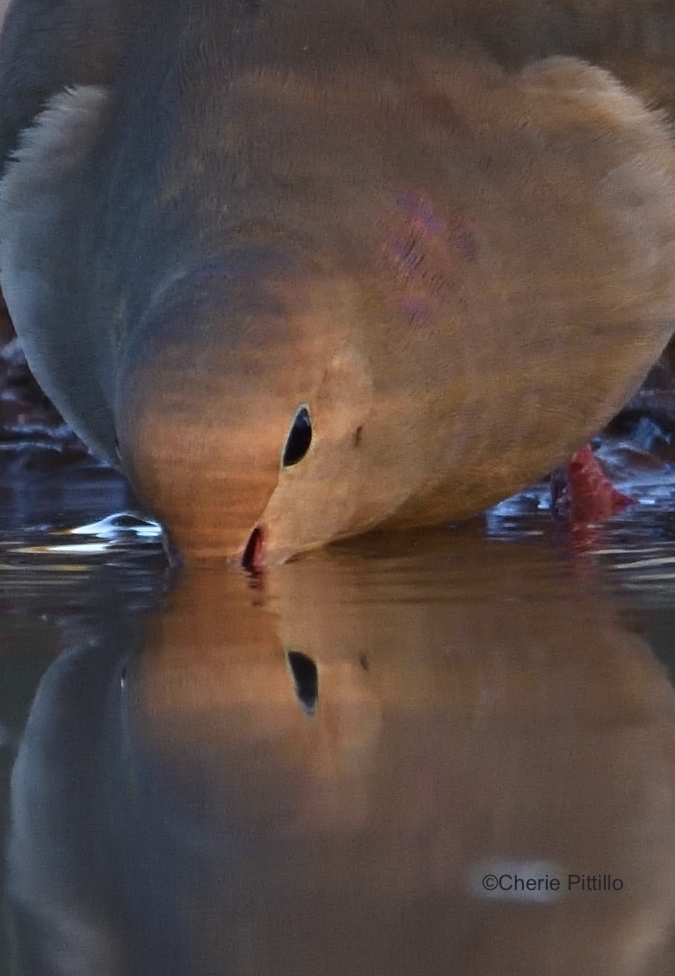
DRINK IN NATURE TO QUENCH YOUR THIRST FOR A BALANCED LIFE.
SPECIES LIST:
Green Jay, Cyanocorax yncas, Chara Verde (Spanish), Ses ib (Mayan)
Mourning Dove, Zenaida macroura, Huilota Común (Spanish), Tsutsuy (Mayan)
Roseate Spoonbill, Platalea ajaja, Espátula Rosada (Spanish)
Golden-fronted Woodpecker (Northern), Melanerpes aurifons
Indigo Bunting, Passerina cyanea, Colorin Azul (Spanish)
Common Ground-Dove, Columbina passerina, Tortolita Pico Rojo (Spanish), Mukuy (Mayan)
Northern Bobwhite, Colinus virginianus
Northern Cardinal, Cardinalis cardinalis, Carenal Rojo (Spanish), Chakts’iits’ib (Mayan)
Cattle Egret, Bubulcus ibis, Garza Ganadera (Spanish)
Red-shouldered Hawk, Buteo lineatus
DISCLAIMER: REFERENCES DO NOT ALWAYS AGREE ON INFORMATION:
Parent Birds and Their Young, Learning and Instinct in Animals, The Handbook of Bird Biology, Sal a Pajarear Yucatán, Bird & Reserves of the Yucatan Peninsula, A Guide to the Birds of Mexico and North Central America, The Sibley Guide to Birds, Lives of North American Birds
Craig, W. (1912). Observations on doves learning to drink. Journal of Animal Behavior, 2(4), 273–279
Cherie Pittillo, “nature inspired,” photographer and author, explores nature everywhere she goes. She’s identified 56 bird species in her Merida, Yucatan backyard view. Her monthly column features anecdotes about birding in Merida, Yucatan and also wildlife beyond the Yucatan.
Contact: [email protected] All rights reserved, ©Cherie Pittillo


